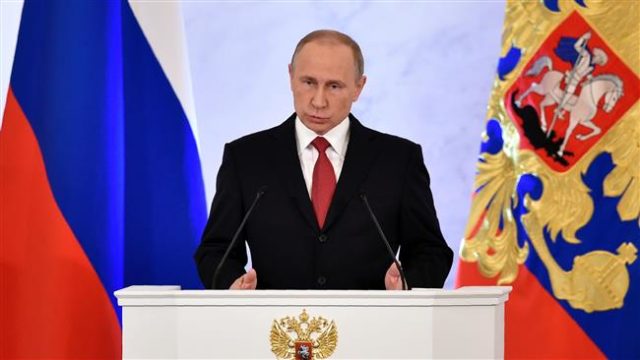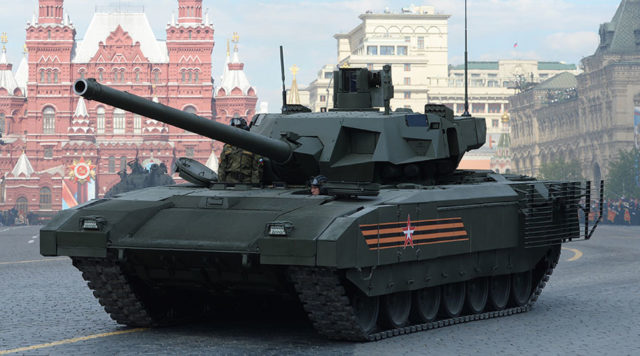By Michael Jackson, Lionel Beehner, and Benedetta Berti
The military campaign by the Syrian regime in Aleppo and by the U.S.-led coalition in Mosul reveal a strange new paradox of modern combat: the difficulty, if not impossibility, of reclaiming urban terrain from entrenched rebels or insurgents without paying a high humanitarian price. It is “strange” because at first blush, the offensive firepower of today’s armies would seem to work in their favor. Yet, even in the face of heavy artillery and indiscriminate air strikes, under-armed rebels have consistently been able to hold on to large swaths of cities. And civilians trapped in these rebel-held areas, sometimes against their own wishes, are the principal victims.
Syrian President Bashar al-Assad, for example, has now retaken 75 percent of the Rebel-held eastern part of Aleppo, but it took several years and Russia’s intervention to do so. The rebel's call for a ceasefire today, to allow for the evacuation of civilians, will either prolong the war, if honored, or cause extreme levels of civilian suffering, if not. (At this point, neither Assad nor Russia appear willing to negotiate a ceasefire.)
Siege warfare, of course, predates medieval times. It occurs when an invading army, unable to capture a castle or city outright, surrounds it as a way to starve one’s enemies into capitulation. The tactic is generally associated with conventional wars between countries of relatively equal stature, in which an adversary besieges a city with particular significance for its opponent in order to tangibly impact the military or government, as well as psychologically affect the population. Think Stalingrad or Warsaw during World War II. Siege warfare has also been used over time by rebel armies as a form of irregular warfare against an established government. Anyone who has seen Hamilton: An American Musical knows that George Washington’s ragtag Continental army effectively employed this strategy against the larger and better-trained British forces in Boston and Yorktown. Siege warfare was also used in other civil wars, including during the U.S.











 Download the PDF
Download the PDF







